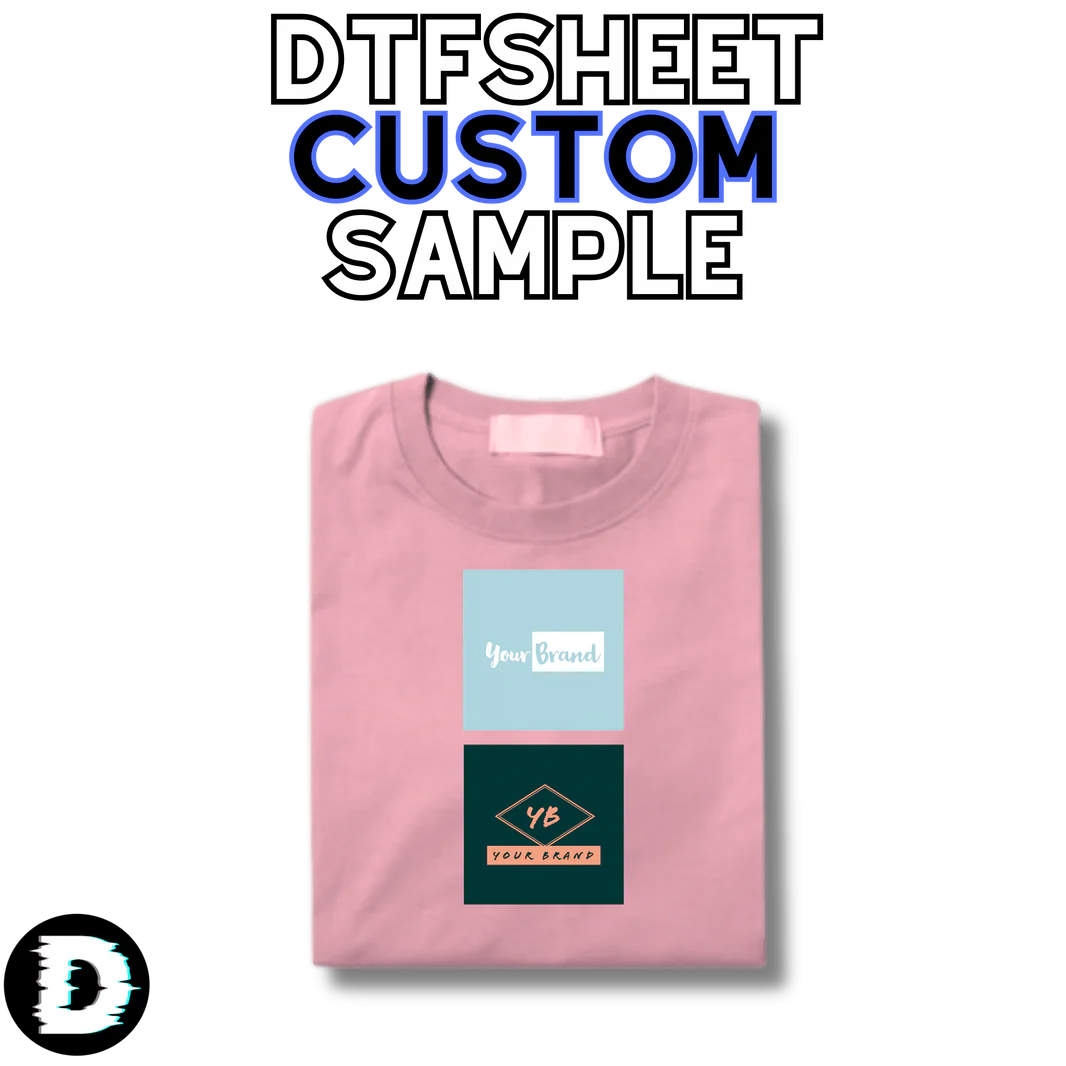In recent years, the sportswear industry has evolved with new technological developments. DTF printing (Direct to Film) technology stands out as an innovation that has become popular in the sportswear industry and has great potential. In this article, we will provide a comprehensive guide on what DTF prints are, how they work, their advantages for sportswear and points to consider.
DTF transfer, or "Direct to Film", is a printing method based on inkjet technology. In this method, digital printing is done directly on a special film and then the patterns are applied to the fabric using transfer powder. DTF prints stand out with their durability and detailed printing possibilities. This technology provides a great advantage in personalizing and customizing sportswear products.
Advantages of DTF Prints for Sportswear
Custom DTF printing offers several advantages in the sportswear industry. Here are some of them:
- High Detail and Color Accuracy: High resolution prints can be obtained. This is perfect for intricate patterns and vibrant colours.
- Versatility: The film on which DTF prints are applied can be easily transferred to different types of fabrics. Suitable for cotton, polyester, blends and more. This provides sportswear manufacturers with wide flexibility.
- Fast Production and Low Cost: This technology enables rapid prototyping and mass production at low cost. This allows sportswear manufacturers to quickly follow trends and launch their products.
- Durability: DTF prints are very durable when applied correctly. Sportswear products are washed and worn frequently, so it's critical that prints are durable.
- Personalization Possibility: DTF prints are ideal for creating personalized sportswear products. Customers can add their name, logo or custom pattern to their products.
DTF printing offers new opportunities in the sportswear industry. High detail, durability, versatility and possibility of customization make this technology attractive. However, for DTF prints to be successful, the right equipment, techniques and environmental responsibility must be considered. By adopting DTF printing technology, sportswear manufacturers can better serve their customers and gain a competitive advantage.
Things to Consider When Using DTF Prints
DTF applied with the custom heat transfer method and it has great potential for sportswear. There are some important points to consider:
- Choosing the Right Equipment and Materials: In order for DTF printing to be successful, the right printing machines and transfer powders must be used. Also important are quality film and appropriate print settings.
- Correct Application Techniques: It is necessary to use correct application techniques to ensure that the print is smooth and permanent. Heat and pressure levels must be adjusted carefully.
- Color Matching and Calibration: In order to accurately reproduce colors in DTF prints, the press must be calibrated and color profiles adjusted properly.
- Environmental and Health Effects: It is important to evaluate the environmental effects and health risks of the chemicals and materials used during the DTF printing process. Manufacturers must consider safety measures and environmental responsibilities.
The sportswear industry has become an important area for individuals to express themselves. Athletes, coaches and general sports fans show who they are, which team they support and which brands they prefer through their clothing. DTF prints with custom gang sheet are the ideal tool for this type of personalization on sportswear products. Thanks to DTF printing, athletes and teams can create unique designs, add their names and logos, and thus create a unique visual identity.
Sportswear requires constant movement and high physical activity. Therefore, it is critical that the prints used are durable and resistant to washing and abrasion. DTF prints applied with heat press offer high durability for sportswear products and can remain intact for a long time despite constant washing and physical contact. This is especially vital for athletes because their equipment needs to last a long time.



























